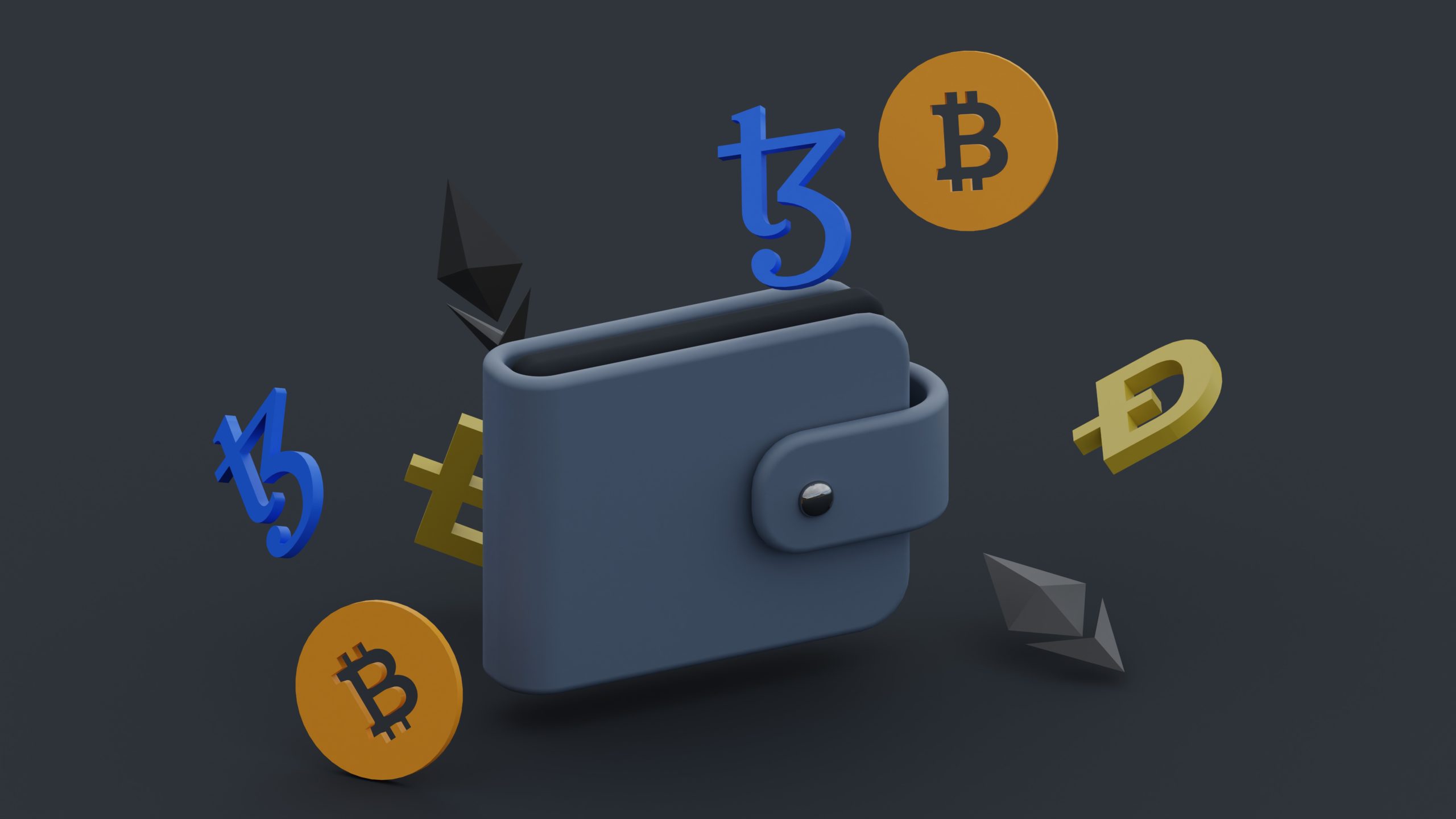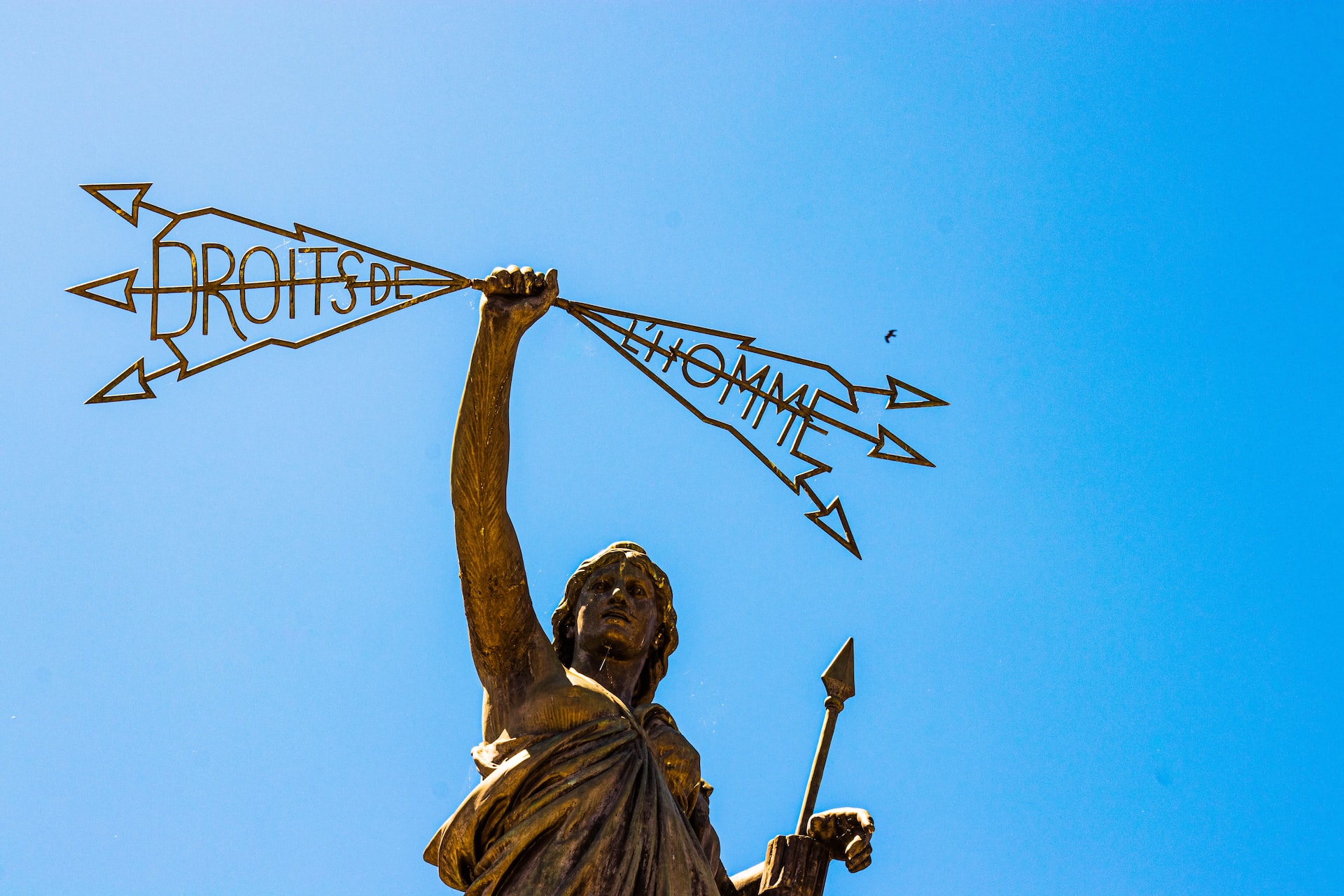An Empire’s Rise and Fall
Gerald Cotten and his girlfriend Jennifer Robertson went by Gerry and Jen. The two were born in 1988. Gerry grew up in Belleville, Ontario, and Jen in Halifax, Nova Scotia. Gerry moved to Toronto to attend business school, graduating in 2010. While there, he first learned about Bitcoin. He later moved to Vancouver, where he met Michael Patryn. In 2013, the two men founded what would become Canada’s largest cryptocurrency exchange platform, Quadriga CX (operated by Quadriga Fintech Solutions). Michael left the company in 2016 during a mass exodus of employees, leaving Gerry in charge of the enterprise.
2018 was a seemingly propitious, yet ultimately fateful year for Quadriga. By this time, Bitcoin saw one of its most notable surges in value, with the cost of one bitcoin rising to US$20, 000. Many new customers invested their crypto assets in Quadriga, meaning Gerry was amassing an increasingly substantial amount of personal wealth. Gerry had a significant real estate portfolio with properties on both coasts of Canada, a yacht, an airplane, and crypto investments. After years of dating, Gerry and Jen finally married in October 2018. Around this time, the cryptocurrency bubble had begun to burst. The market was crashing.
In December of that year, Gerry and Jen traveled on their honeymoon to Jaipur, India to sponsor an orphanage there. The trip was cut short. Gerry, a lifelong sufferer of Crohn’s disease, fell ill with severe diarrhea, fatigue, septic shock, and intestinal perforation. He went to a hospital in Jaipur where he died on December 9th. The next day, local municipality officials issued a death certificate. The day after that, Jen filed an affidavit on behalf of Quadriga for a “Statement of Death.” Gerry had signed his will on November 27, 2018, 12 days before his death. He had named Jen the sole beneficiary and trustee of his C$9.6-million estate.
It took until January 14, 2019, for Quadriga to publicly announce its CEO’s death. The announcement toppled Quadriga’s house of cards. The cryptocurrency exchange filed for bankruptcy and was put into maintenance mode in January 2019, and at the end of the month the company applied for creditor protection. Quadriga had a massive problem: approximately 115, 000 customers held C$250 million in cryptocurrency assets in Quadriga’s cold wallet, which only Gerry had access to on his laptop at the time of his death. No one else, including Jen, had the passwords. The funds were as good as gone.
Subsequent investigations cast Quadriga and its founders in an increasingly suspicious light. First, there was the discovery that Michael Patryn was actually Omar Dhanani, a man who had changed his name several times before going by his Quadriga alias. In 2007, Omar had admitted to several criminal offenses for burglary, grand larceny, and computer fraud. He had served time in a United States prison and was later deported to Canada. It was unclear whether Omar had fully parted ways with Quadriga before the catastrophe of 2018.
Then, there was Jen. Questions arose as to why it took so long for her and Quadriga to publicly announce Gerry’s death. The name on his death certificate was misspelled, reading “Gerald Cottan.” This sequence of events—Gerry signing his will and naming Jen as his heir just days before his untimely death—drummed up suspicion as to Jen’s potential part in her husband’s death. The deepest conspiracies which arose suggested that Gerry had not died at all. Instead, whether aided by Jen or not, he had potentially faked his death in a massive exit scam to defraud Quadriga’s customers and live a lavish life under a new identity. The law firm representing Quadriga’s former customers requested that the RCMP exhume Gerry’s body to confirm his identity and rule out this possibility.
In June 2020, the Ontario Securities Commission (OSC) came to the conclusion that Quadriga was operated fraudulently as a Ponzi scheme. It was a conventional one, too, merely updated for modern, insufficiently regulated technology. The OSC surmised that Gerry had opened cryptocurrency accounts under aliases, credited himself with fake currency and asset credits, and then traded these to clients. He embezzled hundreds of millions in funds, transferring his customers’ assets to other exchanges.
Even though an independent monitor was able to locate several of Quadriga’s cold wallets, they found them fully drained. They hadn’t contained any cryptocurrency since April 2018. Jen dispelled several of the rumours around her possible culpability when she agreed to forfeit C$12 million in assets. She continues to maintain she knew nothing of Gerry’s fraudulence. Thousands of customers are still seeking their owed cryptocurrency and cash. With funds prioritized first to be paid out to the independent monitor and its lawyers, Quadriga’s lawyers, and independent contractors, it is doubtful whether the victims of Quadriga’s scam will ever see their money.
Access to Decentralized Digital Assets
For testators and estate administrators,the Quadriga debacle underscores issues with accessing digital assets after a decedent’s death. Access to digital assets by fiduciaries is a problem with growing recognition. At the moment, the discourse primarily revolves around access to digital assets held by custodians. Custodians are defined by the Uniform Access to Digital Assets by Fiduciaries Act (Uniform Act) as “a person who holds, maintains, processes, receives or stores a digital asset of an account holder.” Under this definition, custodians are intended to include internet service providers like Facebook and Google, as well as online payment systems such as PayPal. The proposed legislation intends to compel these companies to comply with access requests from estate fiduciaries, the same way in which fiduciaries and executors are entitled to access all of a testator’s physical assets.
The question of jurisdiction and enforceability is much more complicated for digital assets like cryptocurrencies and non-fungible tokens (NFTs). Crypto uses a decentralized blockchain database system, so unlike third-party service providers, information is not stored by individual and identifiable custodians like the tech giants previously mentioned. Cryptocurrency is global; there is no way to pinpoint a ledger’s actual location or country of residence. Moreover, blockchain databases are held by thousands of custodians throughout the globe. Consequently, if a fiduciary needed to obtain a court order to force a custodian to comply with a request for access, they wouldn’t know where to enforce the order or whom to enforce it against. The Uniform Act is likely inapplicable to decentralized blockchain technologies, and it is difficult to imagine legislative solutions to the problems these new technologies pose.
If fiduciaries don’t have the password to a testator’s digital wallet, they have probably lost its assets forever. This is the most likely outcome to the mysterious and criminal tale of Quadriga. Because no one else had the password to Cotten’s cold wallet on his computer, and no one else could obtain access, all of the exchange’s customers’ money has disappeared. Without the password, a court order or piece of legislation is mute in giving fiduciaries access to digital assets without identifiable custodians, because it is impossible to ascertain which custodian to compel to provide access. The one possible exception to this legal problem is digital assets held in custodial wallets, such as Coinbase, which hold an account holder’s crypto assets much like a regular online payment system does.
Nonetheless, custodial wallets and direct blockchain-accessed assets remain in the minority. The prevailing crypto asset is decentralized. Without an extensive amount of increased regulation of cryptocurrencies (such as deanonymization), a testator’s best hopes in ensuring their digital assets remain secure after death are extra-legal. If courts and legislators can’t help fiduciaries obtain assets to decentralized digital assets, perhaps prudent estate planners and personal representatives can.
Practical Steps and Legal Takeaways: Quadriga and Beyond
Absent relevant legislation, testators and estate planners can take steps to protect and control their digital assets after death. Estate planners should consider cryptocurrencies and other decentralized digital assets just as any personal property: they can be bequeathed in a will. Courts have begun to support this view: in the bankruptcy proceedings for Quadriga Fintech Solutions, the Ontario Superior Court held that subsection 67(1) of the Bankruptcy Insolvency Act provides a broad enough definition of “property” to include cryptocurrency, thus not exempting it from an estate’s distributable property under the Act. The Supreme Court of Canada has also liberally defined property in its jurisprudence, for instance holding that commercial fishing licenses were valuable assets in Saulnier v. Royal Bank of Canada. For this reason, testators and estate planners can take several practical steps to ensure the safety of their decentralized digital assets as extensions of their possessions.
Firstly, it is important for testators to identify all their digital assets in their will. The legal access one has and red tape they must navigate can vary depending on the kind of decentralized digital asset: cryptocurrencies, NFTs, asset-backed tokens, or utility and consumptive tokens. Because the proof of these assets is not held in an identifiable custodian or by a centralized authority, problem-solving if things go awry is much more difficult. It is ideal to list the assets held in a digital wallet in every will. However, if a testator has not done this before their death, estate attorneys and personal representatives can work together to locate all digital assets held by the testator. The crucial information to locate is a testator’s private key, which they may store virtually or whose login information they may have physically recorded.
Testators have several options for storing their private keys required for access to their digital assets. The first kind is software (“hot”) wallets, which are connected to the internet. These wallets are the most vulnerable to cyberattack. However, in contrast, they are more accessible in both price and literal access, have stronger recovery and backup options, and can be accessed from multiple devices. They are also the ideal choice with regards to the ease of transfer to exchanges, as they are already connected to the internet. One could imagine the pros and cons of a Quadriga hot wallet: one one hand, an exchange of that size would be much more vulnerable to hacking and would need security precautions. However, a hot wallet would have made recovery of Quadriga’s lost assets much more achievable after Gerry’s death.
In contrast, cold wallets are hardware devices that store data offline. Between the two, cold wallets are the clear winners for security: because they cannot be accessed online, they are much less vulnerable to cyberattack. However, they still require security protections to ensure they are not damaged, stolen, or lost—just as Quadriga’s cold wallet was. Because they are connected to hardware devices, they are also much less convenient than hot wallets. Some cold wallets do have recovery options for lost passwords, though never for lost devices. The most secure and least accessible are paper wallets. These wallets are literal pieces of paper with passwords written on them. They are impregnable to cyberhackers, though, just like paper wills, must be stored in a safe place because they lack the recovery options digital wallets provide.
Once a personal representative has located the testator’s wallet, it is also their responsibility to determine how to distribute the testator’s digital assets.. These considerations may include when and whether to liquidate the digital assets, how market volatility impacts their value, and the level of risk a testator’s beneficiaries can abide when waiting to receive their inheritance.
Transferring digital assets to beneficiaries entails understanding how to explain these assets to probate courts and how to securely complete the transactions. How and when personal representatives transfer a testator’s assets can also impact the tax responsibilities of an estate. Estate administrators should bear in mind the effect of capital gains tax treatment of digital assets when considering the tax consequences of holding or selling digital assets quickly. Because legislatures and courts have not yet determined how to properly regulate decentralized technologies, the way to best ensure a testators’ digital assets are secure is through a mix of estate planning, probate, and distribution strategies. The more virtual our assets become, the more virtual our approaches to the Law of Wills should be, too.














